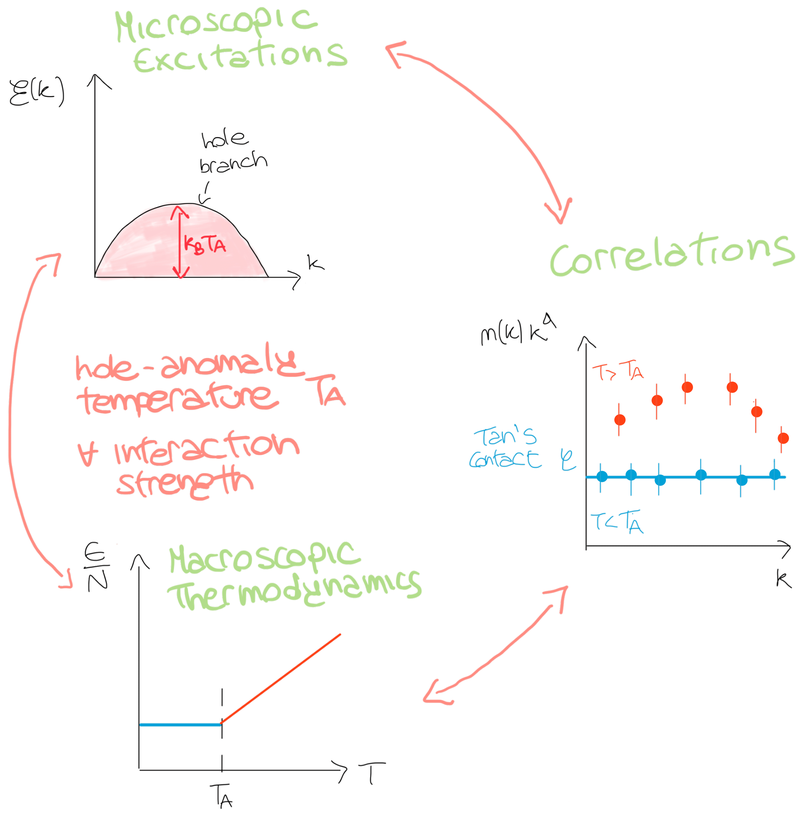High-velocity particles thermally transform from quantum to classical ones crossing the anomaly temperature
Apr 04, 2024
A thermal fading of the quantum behavior in the large-momenta and short-distance correlations is predicted for temperatures above the anomaly threshold, by unveiling the connection between excitations, thermodynamics, and correlations in many-body systems. A general analytic expression for the high-momentum tail of the particle momentum distribution, which is valid for an arbitrary interaction strength and temperature and smoothly connects the quantum and classical limits, is proposed.
Physicists from the Universitat Politècnica de Catalunya in Barcelona and the University of Massachusetts Boston made a significant prediction: particles moving with high velocity undergo a transformation from quantum behavior into classical one for temperatures above the anomaly threshold. This novel phenomenon is expected to occur in solid-state, cold-atomic, nuclear, electronic and spin systems.
It is predicted that at the anomaly temperature, the effects of quantum and classical physics become comparable for any finite interparticle interaction strength. At higher temperatures, particles are excited inducing a dramatic increase of the energy which is responsible for the quantum-to-classical thermal conversion of the high-velocity particles. This discovery unveils the connections between excitations, thermodynamics and correlations.
In ultracold atomic gases, the quantum description of high-velocity particles was believed to be valid even for high temperatures, but it was experimentally observed only at very low temperatures. In a one-dimensional system of bosons, researchers predicted the quantum-classical thermal conversion in correlations and provided a general theory which successfully describes high-velocity particles at any temperature, crossing from the quantum to the classical realm. This exciting result awaits experimental confirmation which can be achieved with state-of-the-art techniques.
For more information check the original manuscript:

Share: